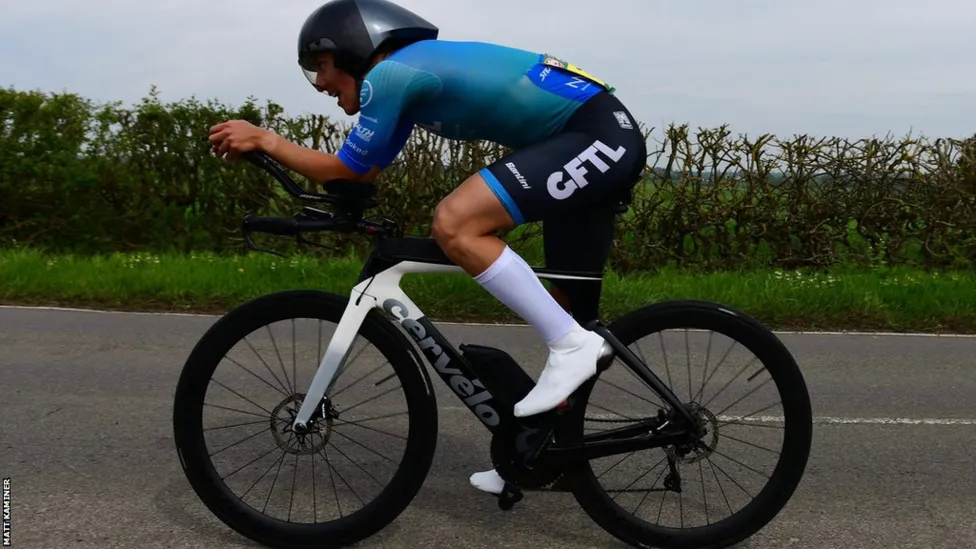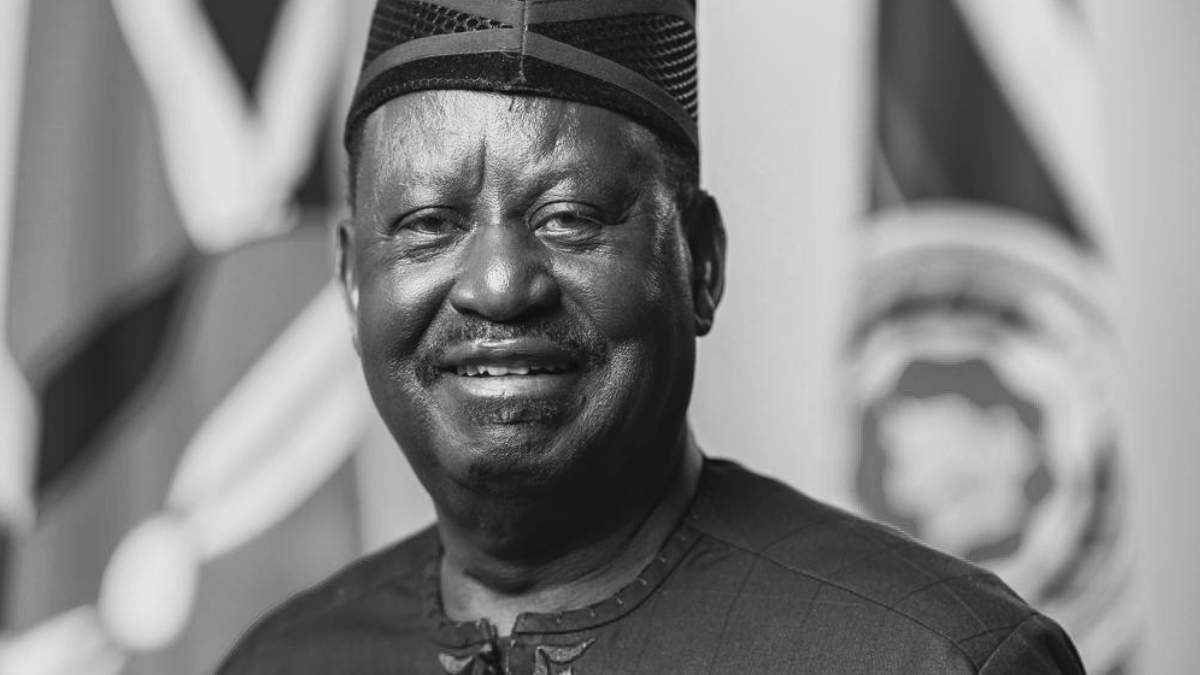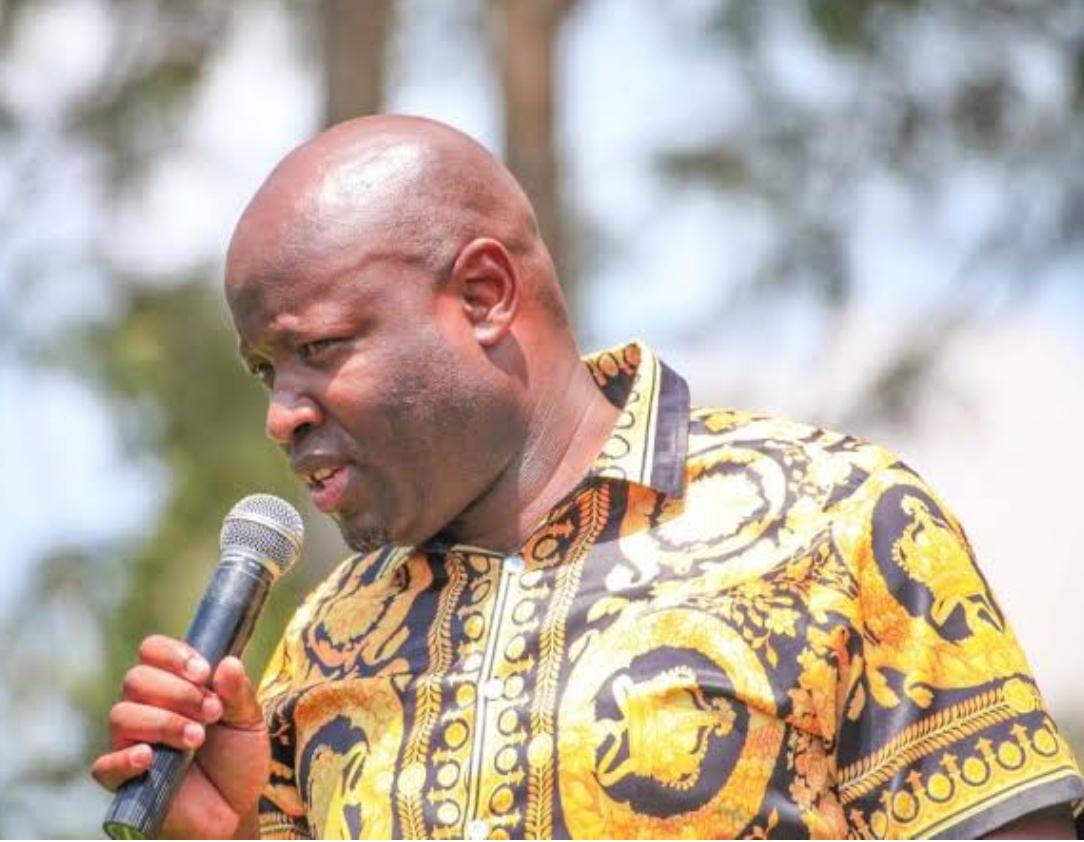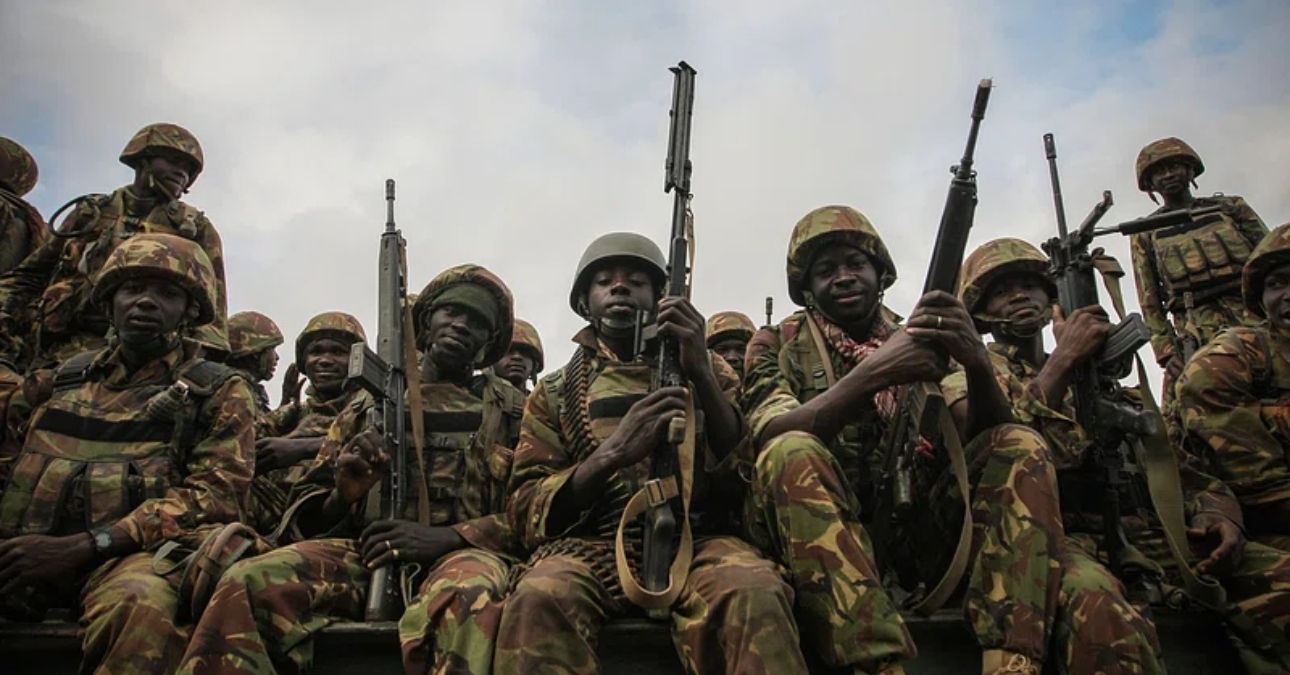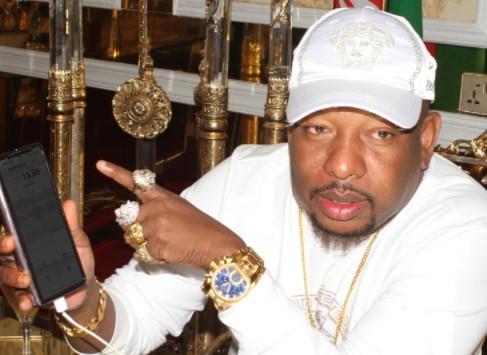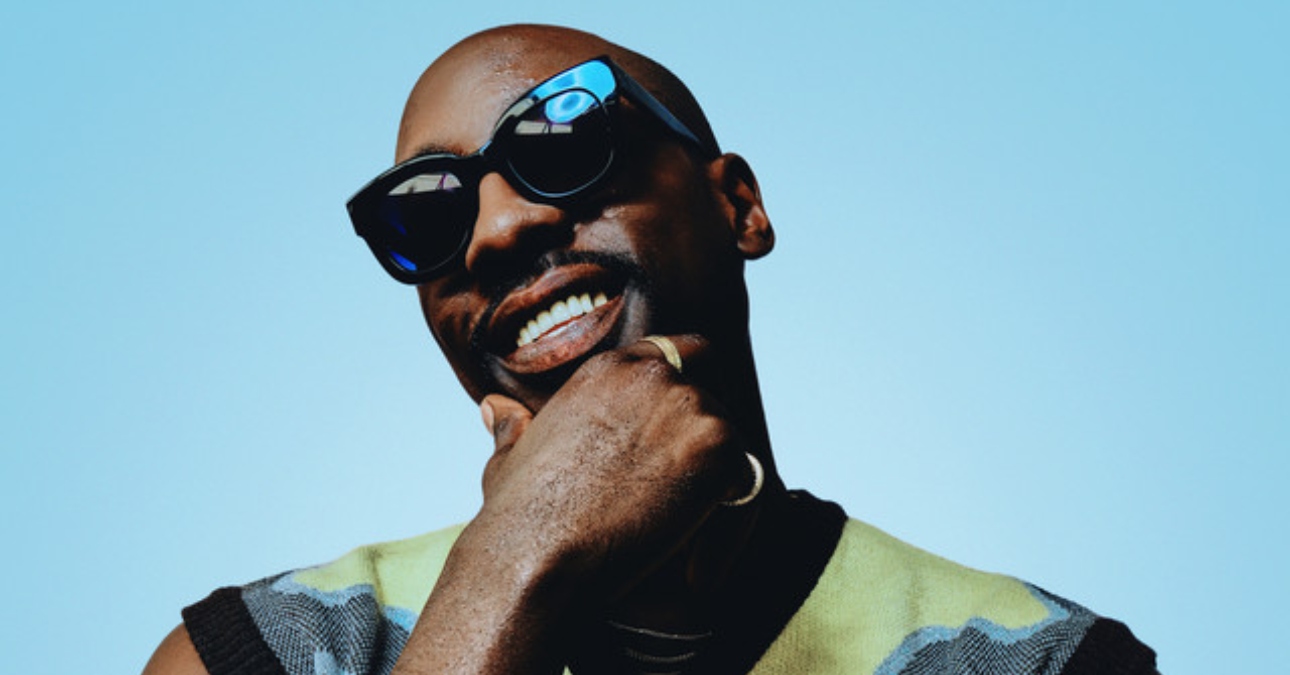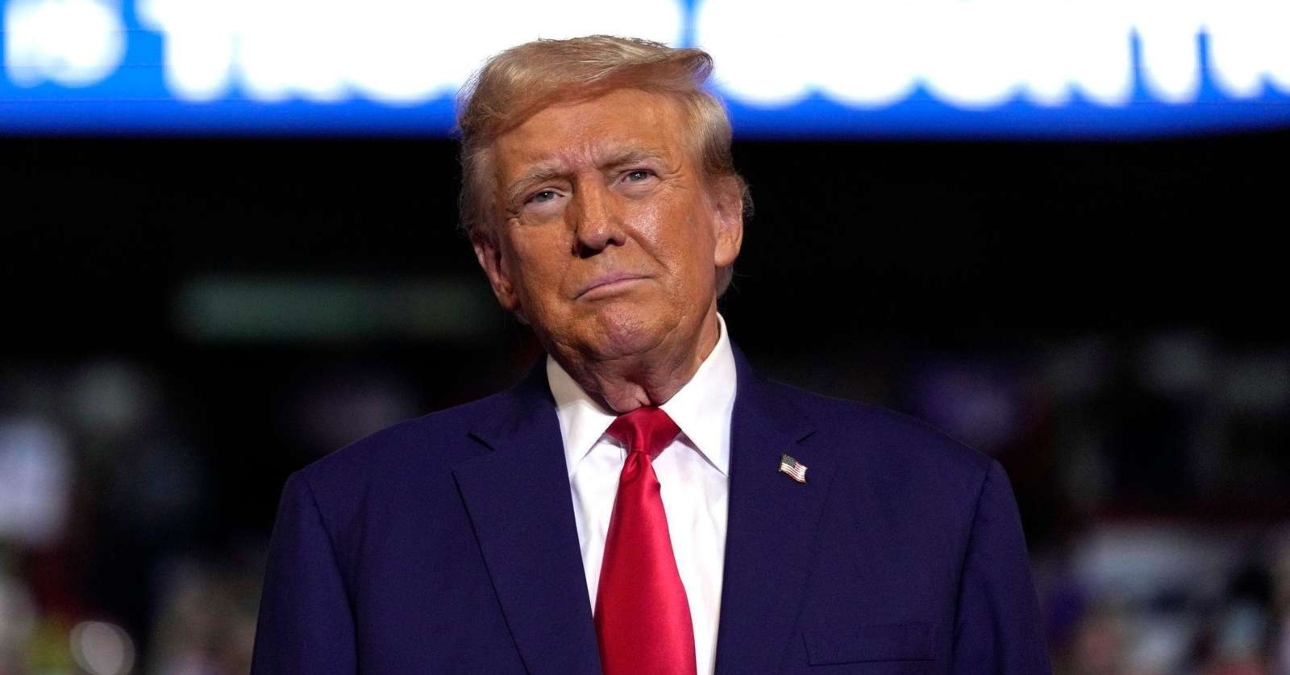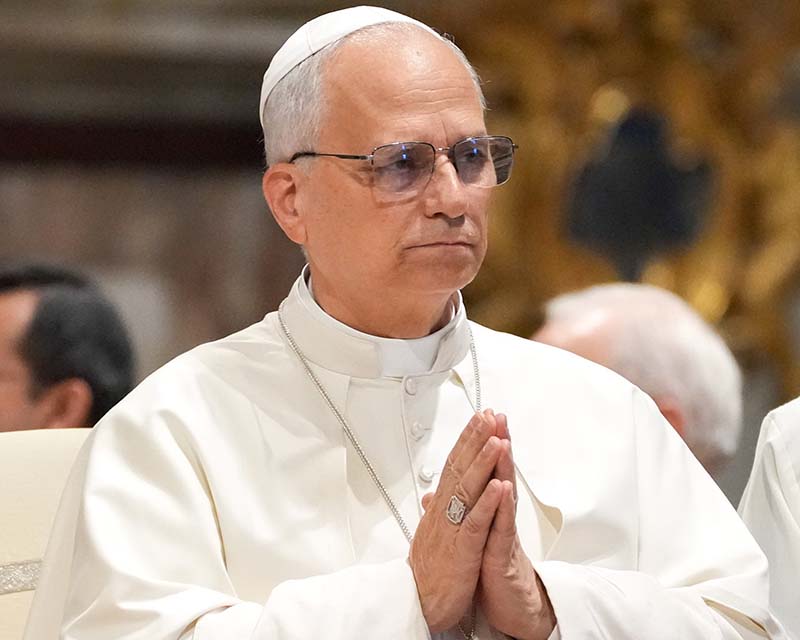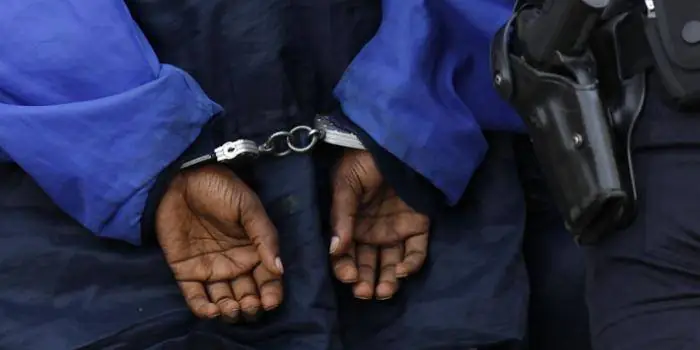Raila Amollo Odinga is arguably one of the most consequential and enduring figures in Kenyan politics. Born on 7 January 1945, he’s the son of Jaramogi Oginga Odinga, Kenya’s first Vice President. His life story mirrors the country’s turbulent journey from single-party rule to a multi-party democracy. An engineer by training, “Baba” (as he’s popularly known) traded the drawing board for the political arena, becoming a towering, yet consistently opposed, aspirant for the nation’s highest office.
The Democratisation Struggle
Odinga’s political career began as an intense fight against the authoritarian rule of Daniel arap Moi’s regime, particularly in the 1980s and early 1990s. This period of his life defines his identity as a champion for democracy.
Detentions and Exile: His activism led to repeated and lengthy detentions without trial, including being held for six years after the failed 1982 coup attempt. He was accused of involvement in the plot, though the charge was later dropped. He was detained again multiple times for his pro-democracy agitation, forcing him into exile in Norway in 1991.
“The freedom struggle in Kenya was not easy. Many paid the ultimate price, and for those of us who survived, the scars remain, but the commitment to a democratic nation is unshakable.”
The Second Liberation: Odinga played a vital role in the movement, known as the ‘Second Liberation,’ that successfully agitated for the repeal of Section 2A of the constitution in 1991, officially re-introducing multi-party politics to Kenya. He was instrumental in the formation of the Forum for the Restoration of Democracy (FORD), which became the main vehicle for democratic change.
Presidential Pursuits: The Near Misses
The narrative of Raila Odinga’s political career is inextricably linked to his repeated, yet ultimately unsuccessful, bids for the presidency. He has contested the top seat five times.
1997 National Development Party (NDP) he finished Third and Lost to Daniel arap Moi.
2007 Orange Democratic Movement (ODM) he was the Runner-up and Disputed results led to post-election violence. A power-sharing deal followed.
2013 Coalition for Reforms and Democracy (CORD) he was the Runner-up and Lost to Uhuru Kenyatta, contested results in Supreme Court.
2017 National Super Alliance (NASA) he was Runner-up and the Supreme Court nullified the first poll; he boycotted the repeat election.
2022 Azimio la Umoja–One Kenya he was the Runner-up and he Contested results in Supreme Court, which upheld the declaration of William Ruto.
His perennial failure at the final hurdle has cemented his reputation as the “enigma of Kenyan politics”—a politician with massive grassroots support who is consistently unable to clinch the presidency. In nearly every loss, he and his coalition have alleged widespread electoral fraud and irregularities, leading to significant political and legal challenges.
Contributions to Governance and Development
Despite not achieving the presidency, Odinga has held key governmental roles and has been a central force behind major national reforms.
Prime Minister (2008–2013)
The most significant period of his time in government was when he served as the Prime Minister in the Grand Coalition Government, a power-sharing arrangement with the Late president Mwai Kibaki following the 2007 post-election violence.
•National Accord: The arrangement was brokered through the National Accord and Reconciliation Act, which ended the crisis and saw him take up the newly created Prime Minister position.
•Performance Contracting: During his tenure, he pushed for the implementation of Performance Contracting in government ministries, aiming to improve accountability and service delivery.
Architect of the 2010 Constitution
Odinga is widely credited as one of the chief advocates for the 2010 Constitution.
He strongly championed the concept of Devolution, which decentralised power and resources to 47 county governments, fundamentally restructuring Kenya’s governance and addressing historical grievances over marginalisation and resource distribution.
The new constitution also introduced crucial reforms to the judiciary, parliament, and land ownership, creating a more robust system of checks and balances.
“The 2010 Constitution is the culmination of decades of struggle. It is the roadmap to a more just and equitable Kenya, one where power truly belongs to the people.”
Later Political Alignments and Legacy
In recent years, Odinga has shown a capacity for pragmatic political manoeuvring.
The ‘Handshake‘
In a shocking turn of events in March 2018, he publicly reconciled with his former political rival, President Uhuru Kenyatta. Known as the ‘Handshake,’ this alliance significantly calmed political tensions after the contentious 2017 election. It led to the Building Bridges Initiative (BBI), a constitutional reform push co-sponsored by the two leaders, which was ultimately rejected by the courts.
Pan-African Role
Beyond Kenya, Odinga has been recognised internationally, notably serving as the African Union High Representative for Infrastructure Development.
Raila Odinga’s enduring legacy is that of a political mobiliser, a democratic icon, and a politician who, more than any other, has consistently challenged the status quo. His supporters see him as the father of modern Kenyan democracy and his critics argue his long tenure has stifled the rise of new opposition leadership. Regardless of the perspective, his career remains a definitive chapter in the story of Kenya.

